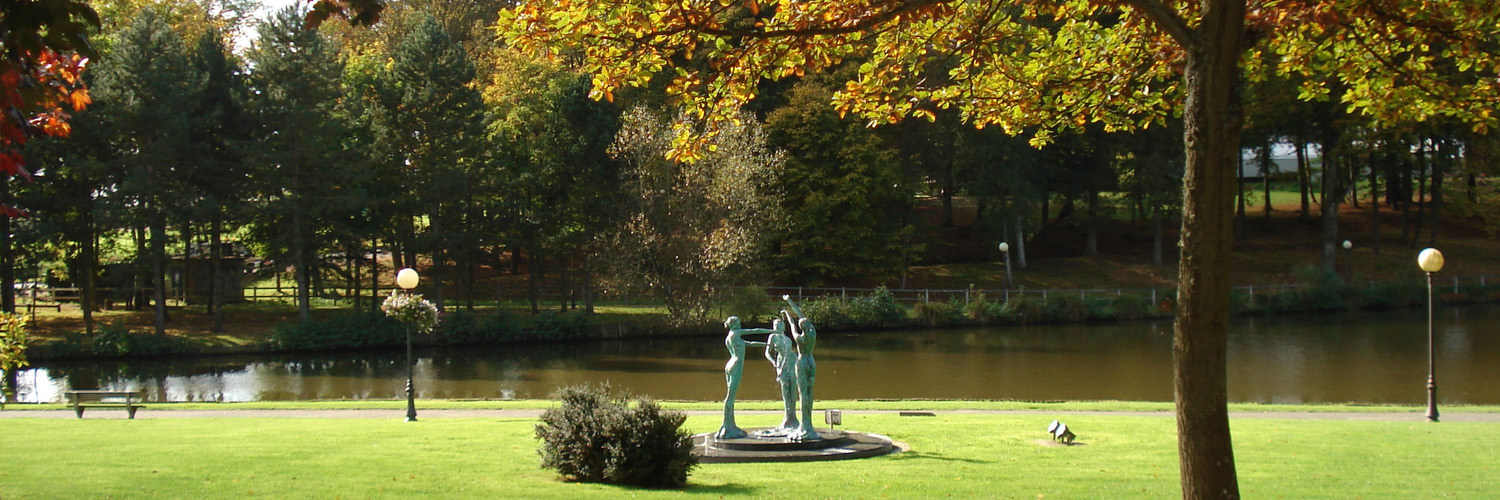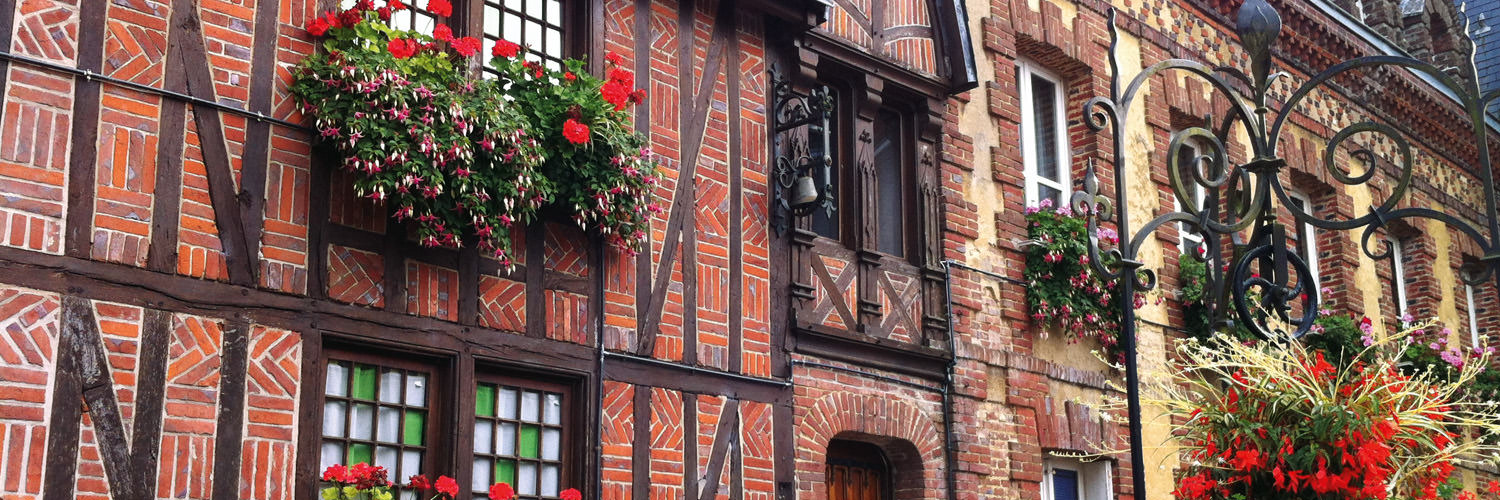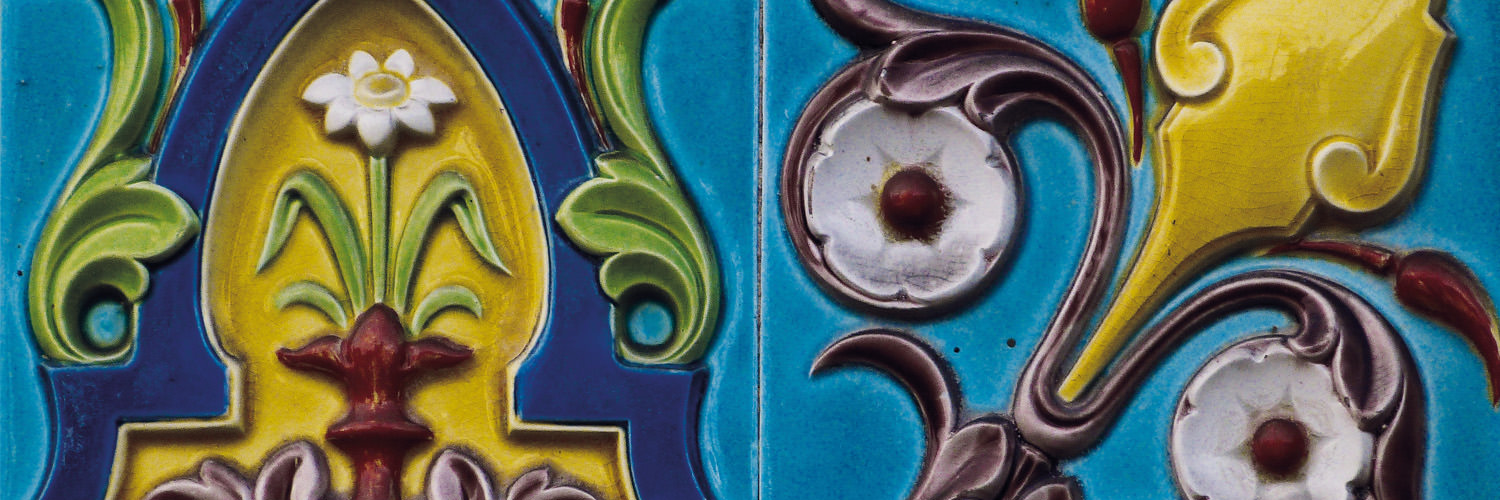As early as the Gallo-Roman period, forges were set up in this area due to the abundant wood supply in the surroundings, allowing to fuel the fire needed to manufacture iron. It used to be combined to coal that was ignited and allowed to burn. This trade lasted until the 16th century and had an impact on the quality of local waters.
Nicolas de Moy, Governor of Gisors, discovered in 1573 the ferruginous and consequently fortifying character of Forges-les-Eaux's waters. From then on, a relentless succession of sick people came to take the waters. People rushed from everywhere to cure infertility and fluid retention. Louis XIII himself came to Forges-les-Eaux in 1633, later joined by Anne of Austria and Cardinal Richelieu. Their goal was simple: to finally give an heir to the throne of France. A successful endeavour since the Queen gave Louis XIV to France and her King after a few trips and treatments. The quality of the water, the benefits of the countryside or simply the end of bloodletting, which was common at the time, we will never know what was the remedy that put an end to 20 years of infertility in the spirit of joy we can imagine.
A true joyful lifestyle, these water-drinkers' daily lives were punctuated with festivals, performances and games, especially under the reign of Louis XVI.
During the 19th century, with the development of sea bathing along the Alabaster Coast, the very first hydropathic establishment was built near the three ferruginous springs in Forges-les-Eaux called the Reinette, the Royale and the Cardinale. The establishment comprised thermal baths, showers, and best of the best, the Grand Casino, which was destroyed in a fire in 1896. But they were not discouraged and a second casino would be inaugurated in 1902. The hydropathic establishment was occupied during the Second World War and destroyed during the Liberation of France. It was then replaced by a garden pavilion. Nicknamed the "flying saucer" during its construction, spa-goers gathered around this round building to drink Forges-les-Eaux's ferruginous water until the beginning of the 1980s. Nowadays, the taps are closed and Forges-les-Eaux is no longer listed a spa town because the benefits of its water were considered too low.
Forges-les-Eaux's past as a spa town can still be seen through the architecture of the place.
The Hotel Continental, the oldest hotel in Forges-les-Eaux, dates back to 1870. At that time, it was one of the most modern buildings in the town especially because there was hot water and gas-generated electricity available on all floors. Its cottage-like architecture is typical of the buildings found in spa towns at the end of the 19th century where seaside resort architecture was thriving.
The elegant villas built near the Casino are all reminders of the end of the 19th century and beginning of the 20th century. At first, they were built to be rented to clients who came to take the waters, but they quickly became permanent homes. These cottages were built using the materials in popular at the time, which had become available and affordable thanks to the industrial development and the railway: bricks, metal, glass in addition to wood, which was already present in the region.
At the dawn of the 20th century, the group Partouche takes over the future of the Grand Casino. The enjoyment of games, but also water pleasures: the creation of an important fitness and well-being centre in the Forges Hotel revives the tradition of water!
Want to know more? Really passionate about her town, Stéphanie at the Tourist Information Centre in Forges-les-Eaux can take you on a relaxed guided tour full of anecdotes.



